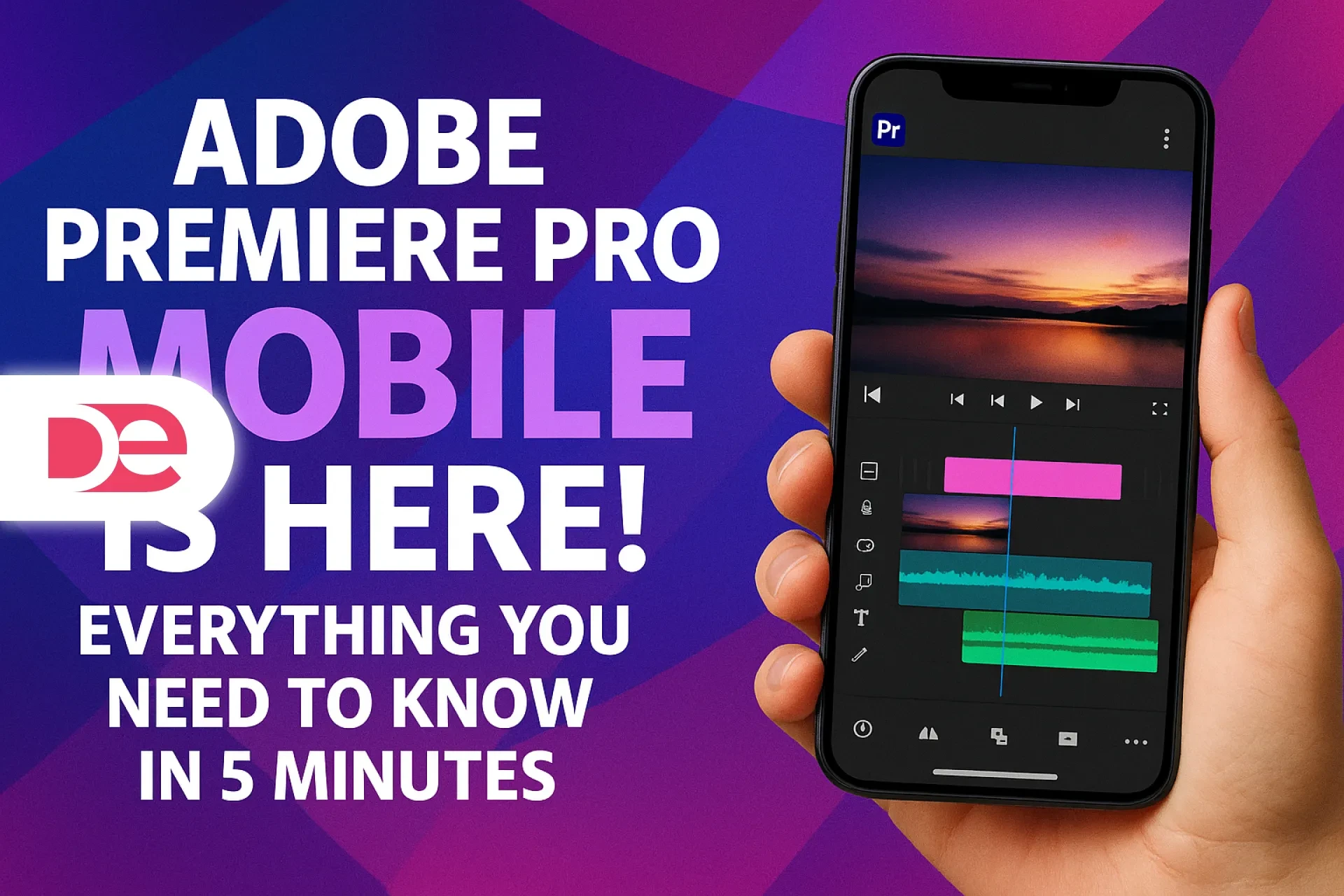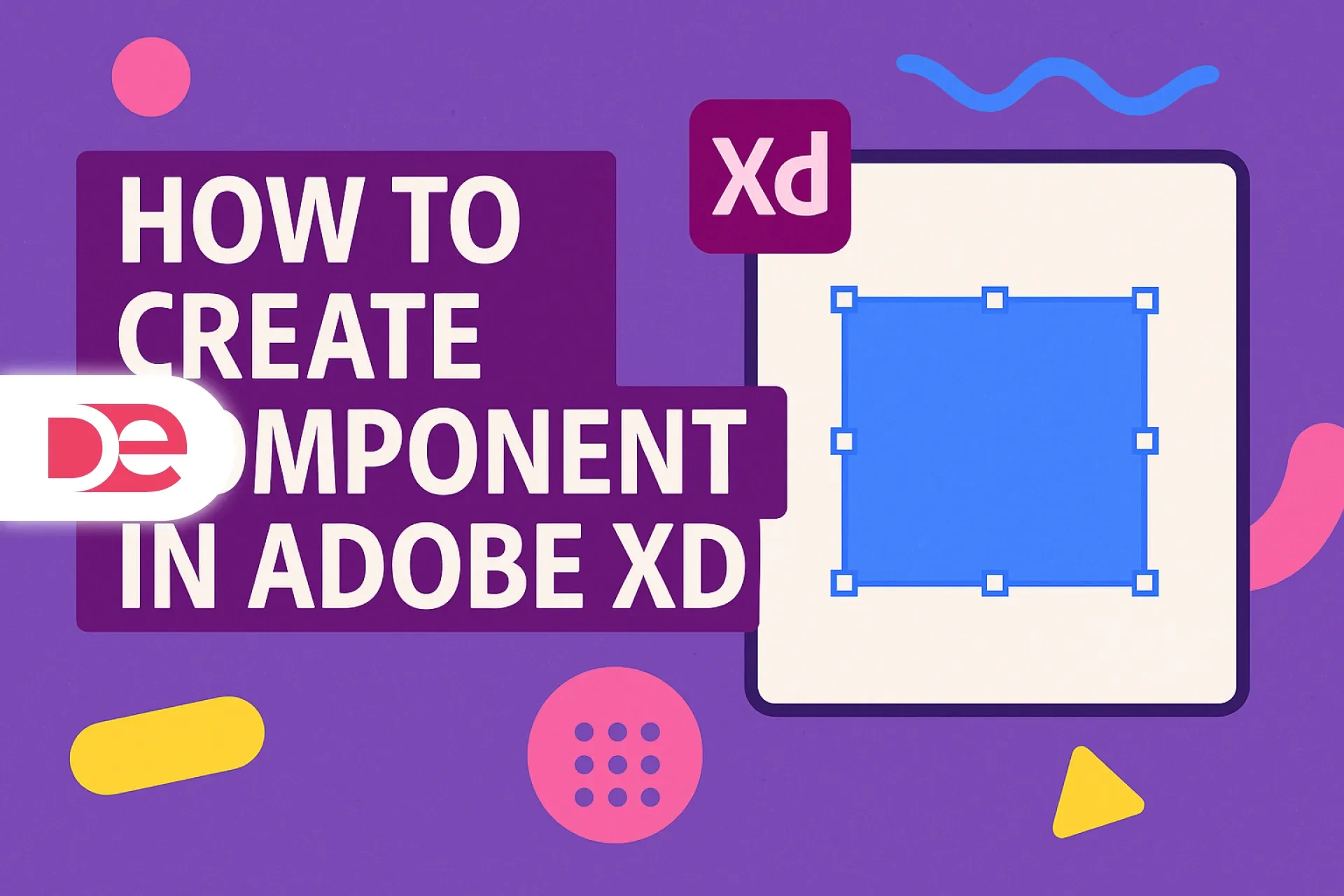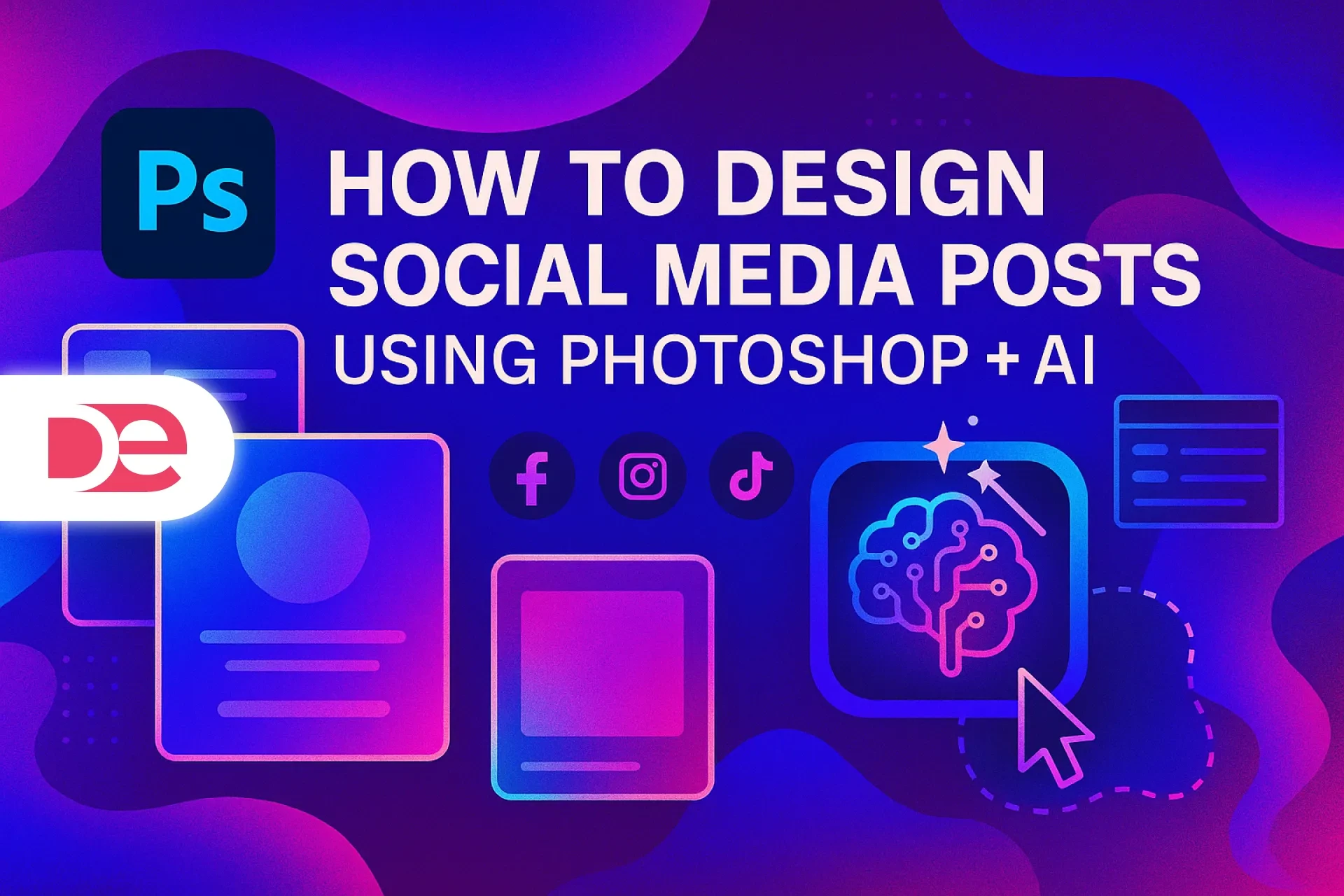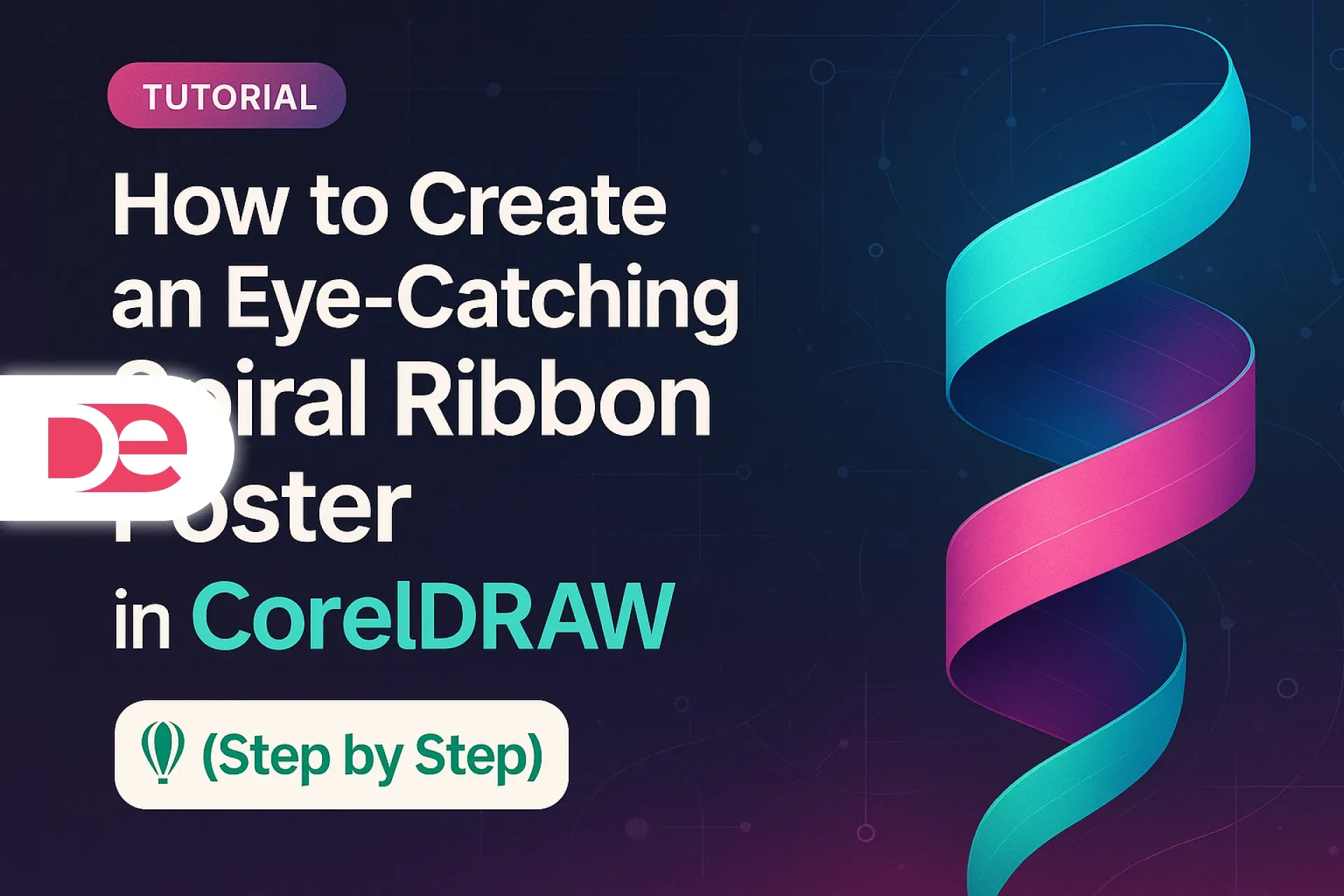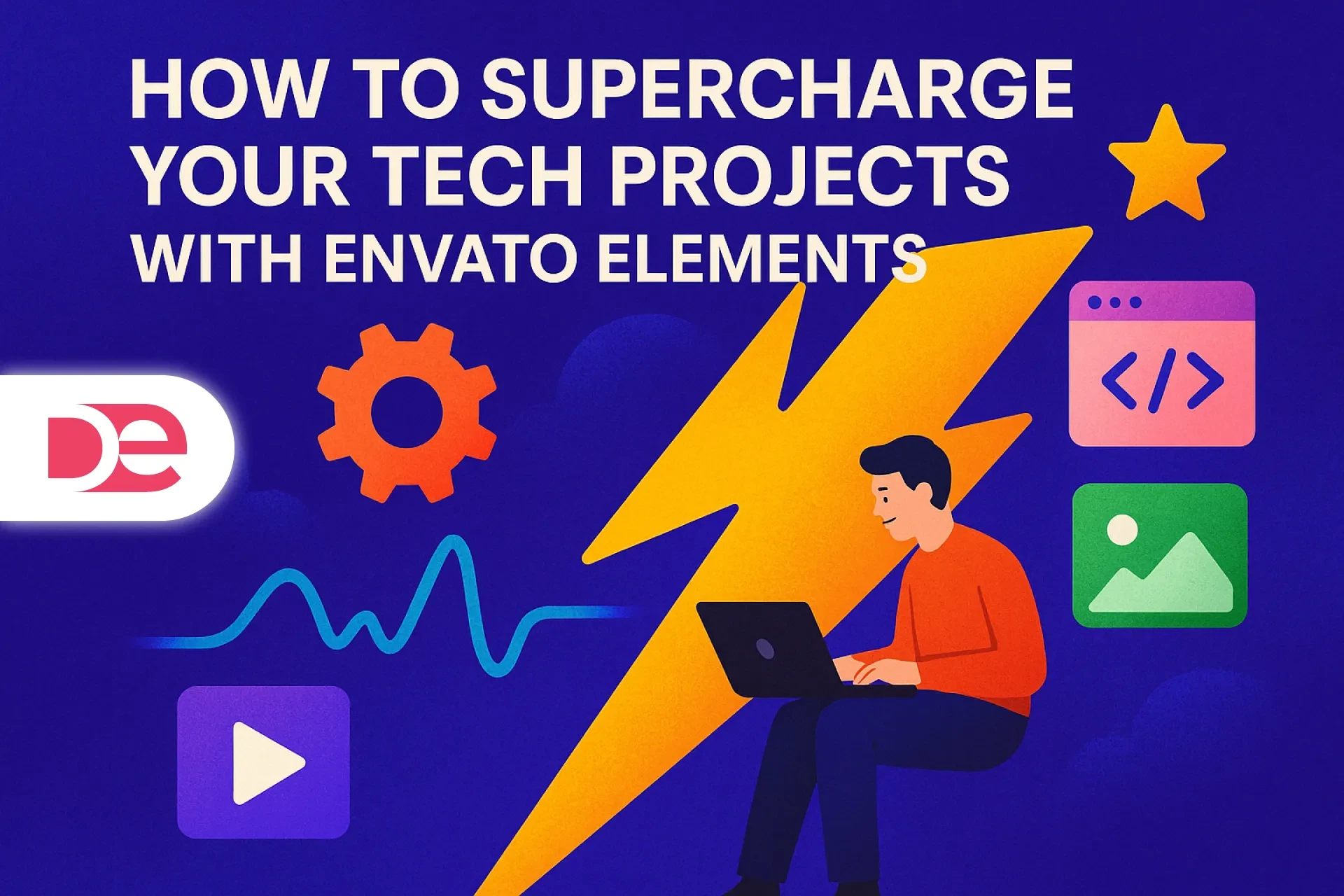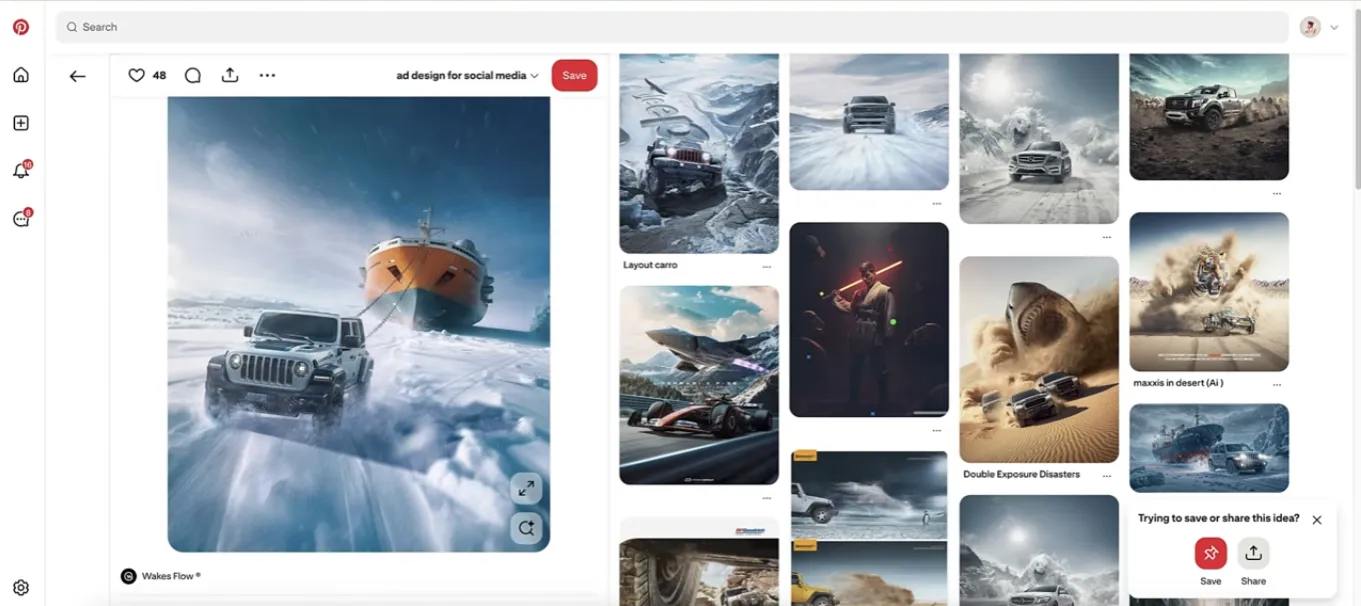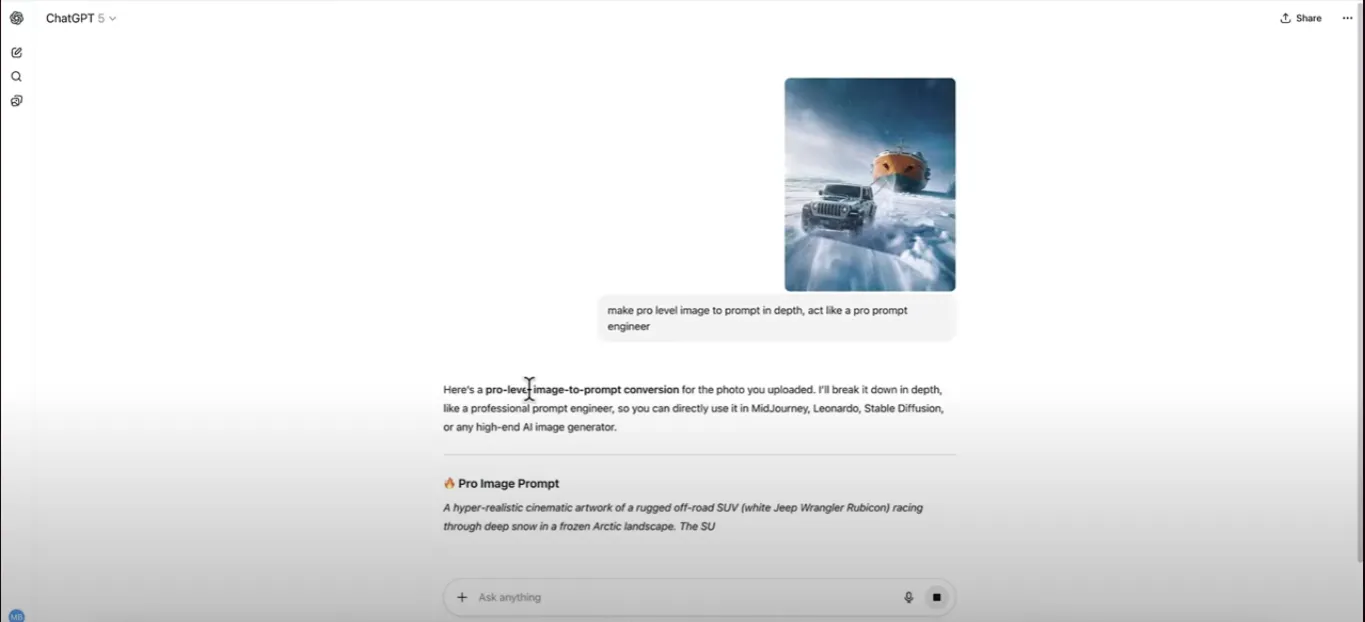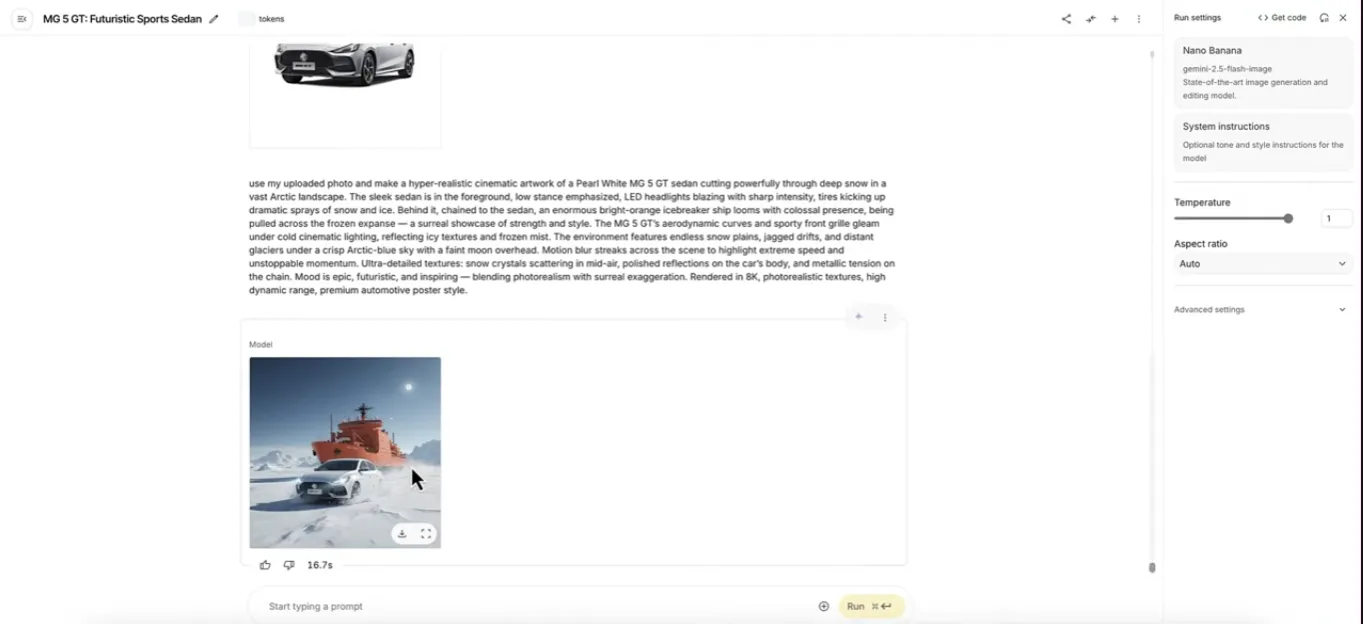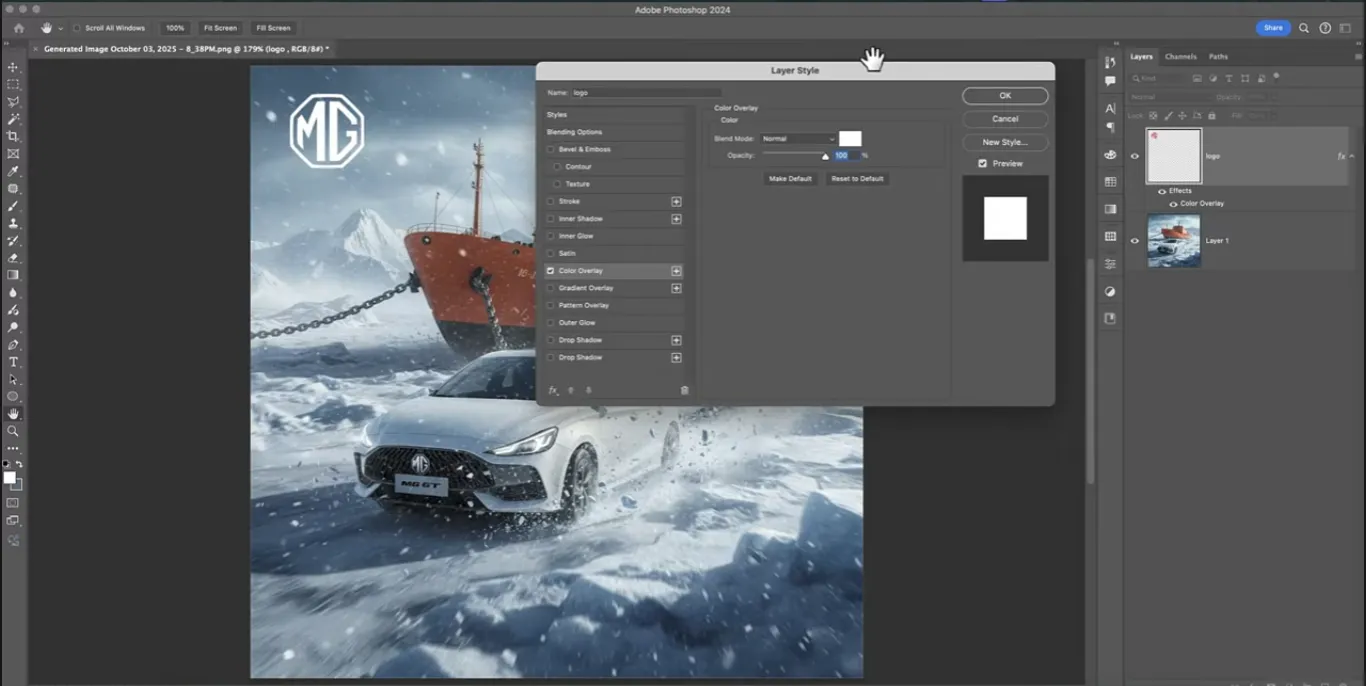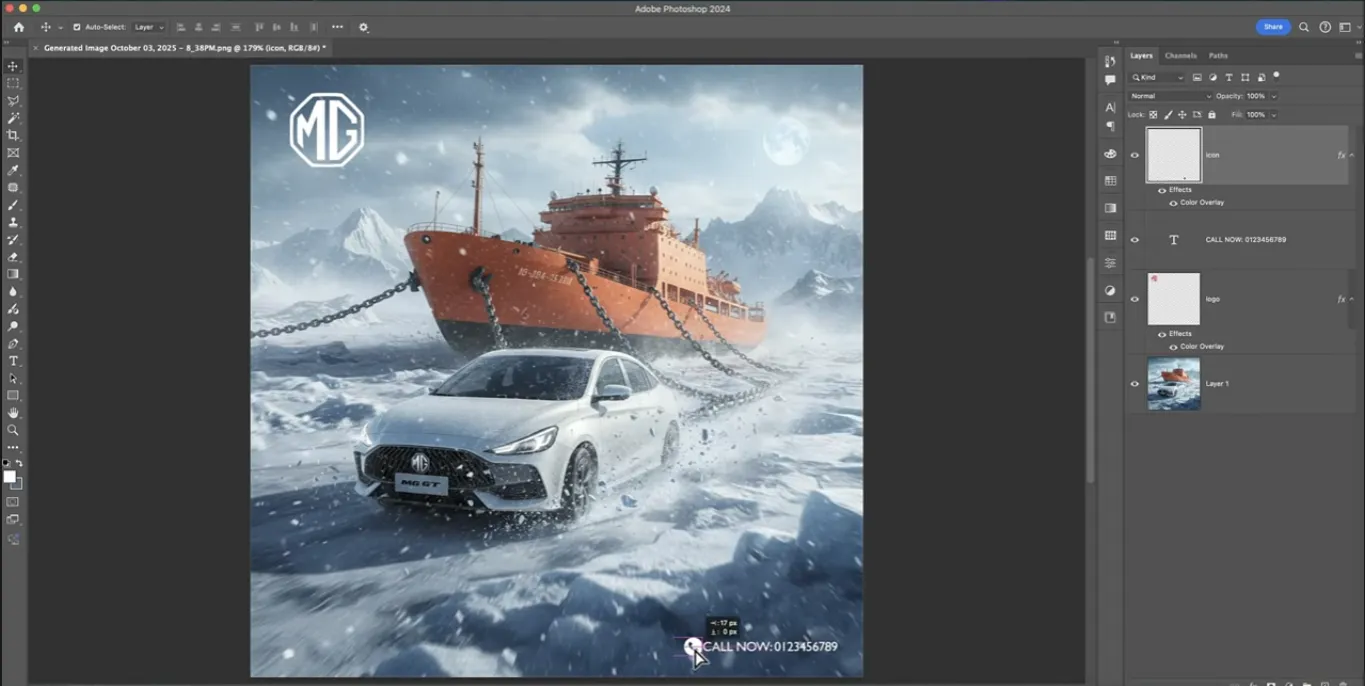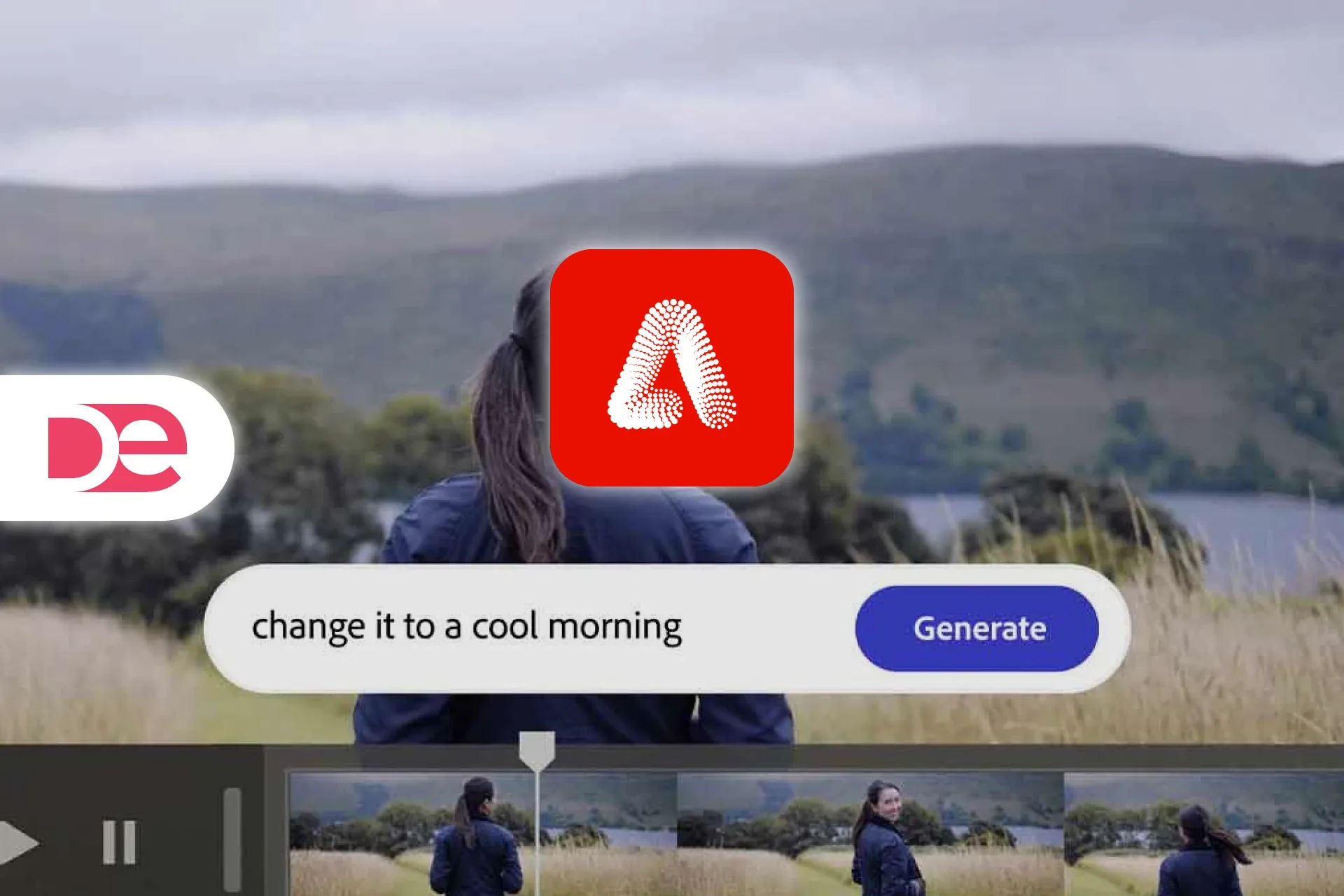Table of Contents
Designing high-impact car posters for social media is no longer limited to professional studios. With AI-powered tools and some basic Adobe Photoshop skills, you can craft sleek, realistic promotional visuals that look like they came from an advertising agency. A recent tutorial demonstrates how to combine ChatGPT, Google AI Studio, and Photoshop to produce a polished poster for an MG5 GT sedan, complete with branding and call-to-action elements.
In this guide, we’ll break down that workflow into a clear, step-by-step process you can replicate. Whether you’re promoting a vehicle for a dealership, building a portfolio as a designer, or just experimenting with AI image generation, this walkthrough will help you create posters that stand out on Instagram, Facebook, or any other platform.
Get the full version FREE for 7 days and follow this tutorial step-by-step.
Download Photoshop Free Trial
Understanding the AI + Photoshop Workflow
This article demonstrates a hybrid creative process where AI handles image generation, while Photoshop refines and personalizes the final design.
• ChatGPT is used to craft detailed prompts. Instead of vague inputs like “make a car poster,” the creator refines prompts to describe style, perspective, and car model specifications.
• Google AI Studio generates photorealistic poster-style images from the crafted prompts. The tool processes reference photos and prompt instructions to output high-resolution visuals.
• Photoshop is used to finalize the poster: removing watermarks, adding brand logos, inserting text, and including a call-to-action (CTA) for marketing purposes.
This workflow highlights a new trend: AI accelerates ideation and raw content creation, while human input polishes the output to align with branding standards.

Design High-CTR Car Posters with the Latest Photoshop
Unlock Smart Objects, Camera Raw, and Firefly generative AI—now inside the desktop app to polish your AI renders fast.
Get Photoshop NowStep-by-Step Guide to Creating a Car Poster
Step 1: Collect Inspiration
Start by browsing examples of car posters online. Save 2–3 reference images that match the vibe you want—such as cinematic, action-oriented, or luxury-focused compositions.
Step 2: Crafting the Prompt in ChatGPT
Open ChatGPT and upload a reference photo of your car. Ask the AI to generate a “pro-level” image prompt. For example:
“Act as a professional prompt engineer. Create an in-depth, cinematic-style image prompt for an MG5 GT sedan car poster with a sleek and action-oriented vibe.”
Modify the prompt if the AI defaults to a different car type (e.g., SUV). Specificity is key: mention car make, model, color, perspective, and desired mood.
Step 3: Generate the Image in Google AI Studio
Upload your car reference photo and paste the optimized prompt into Google AI Studio. The system generates variations within seconds.
Step 4: Enhance the Image in Photoshop
Open the AI-generated design in Photoshop. Use the Patch Tool or Clone Stamp Tool to remove any watermarks or artifacts.
Next, import the car brand logo. For the MG5 GT, the creator added the MG logo, resized it, and applied a color overlay effect to make it white. This ensures it stands out on darker backgrounds.
Step 5: Add Text and Call-to-Action
Create a clean text layer with a CTA like “Call Now” followed by a placeholder phone number. Use Poppins or Gilroy font for modern readability.
To boost recognition, insert a phone icon from resources like Flaticon, then apply a white overlay for consistency. Group the logo and CTA together for easy repositioning.
Step 6: Export and Share
Save the final design as both a PSD (editable) and JPEG (shareable). Post it on Instagram, Facebook, or LinkedIn to showcase your design or promote the car.
Pros, Cons, and Risks of AI-Powered Car Posters
Pros
• Speed: AI generates poster-ready visuals in minutes, cutting hours of manual design.
• Accessibility: No need for advanced 3D modeling or stock photography.
• Creativity boost: AI prompts encourage new stylistic experimentation.
Cons
• Consistency issues: AI may default to the wrong car type (SUV vs. sedan).
• Quality variance: Not all AI outputs meet print-quality standards.
• Ethical/legal risks: Removing watermarks from third-party assets may violate usage rights.
Risk Management
Always verify that your AI-generated images are free from copyright-protected elements. If you plan to use designs commercially, refine them with your own original photos or commission rights-cleared AI renders.
Practical Example: The MG5 GT Sedan Poster
The case study in this article focuses on the creation of a poster for the MG5 GT sedan. Key improvements included:
• Switching from AI-generated SUV images to sedan-specific renders.
• Choosing the most “action-type” composition for social media appeal.
• Adding the MG logo in white for brand authenticity.
• Including a “Call Now” CTA to simulate dealership marketing.
This example illustrates how AI accelerates poster design without replacing essential branding steps.
Common Mistakes and Expert Tips
Common Mistakes
• Providing vague prompts like “make a car poster” instead of detailing perspective, style, and car model.
• Relying on the first AI output without refining results.
• Ignoring branding consistency (wrong logo colors or fonts).
• Forgetting export optimization (e.g., saving only in PSD format).
Expert Tips
• Use AI as a co-designer, not the final authority.
• Always cross-check brand logos and trademark usage.
• Keep CTAs minimal and legible.
• Maintain a consistent color scheme across poster variations.
FAQs
Conclusion: Turning AI Into Your Creative Accelerator
By combining ChatGPT, Google AI Studio, and Photoshop, you can produce professional car posters that look campaign-ready in under an hour. AI accelerates brainstorming and rendering, while Photoshop ensures branding and messaging consistency.
If you’re in automotive marketing or simply want to build your creative portfolio, mastering this hybrid workflow is a smart move. With practice, you’ll spend less time on technical hurdles and more time on storytelling and visual impact.
Elevate Your Car Posters with Adobe Photoshop →




